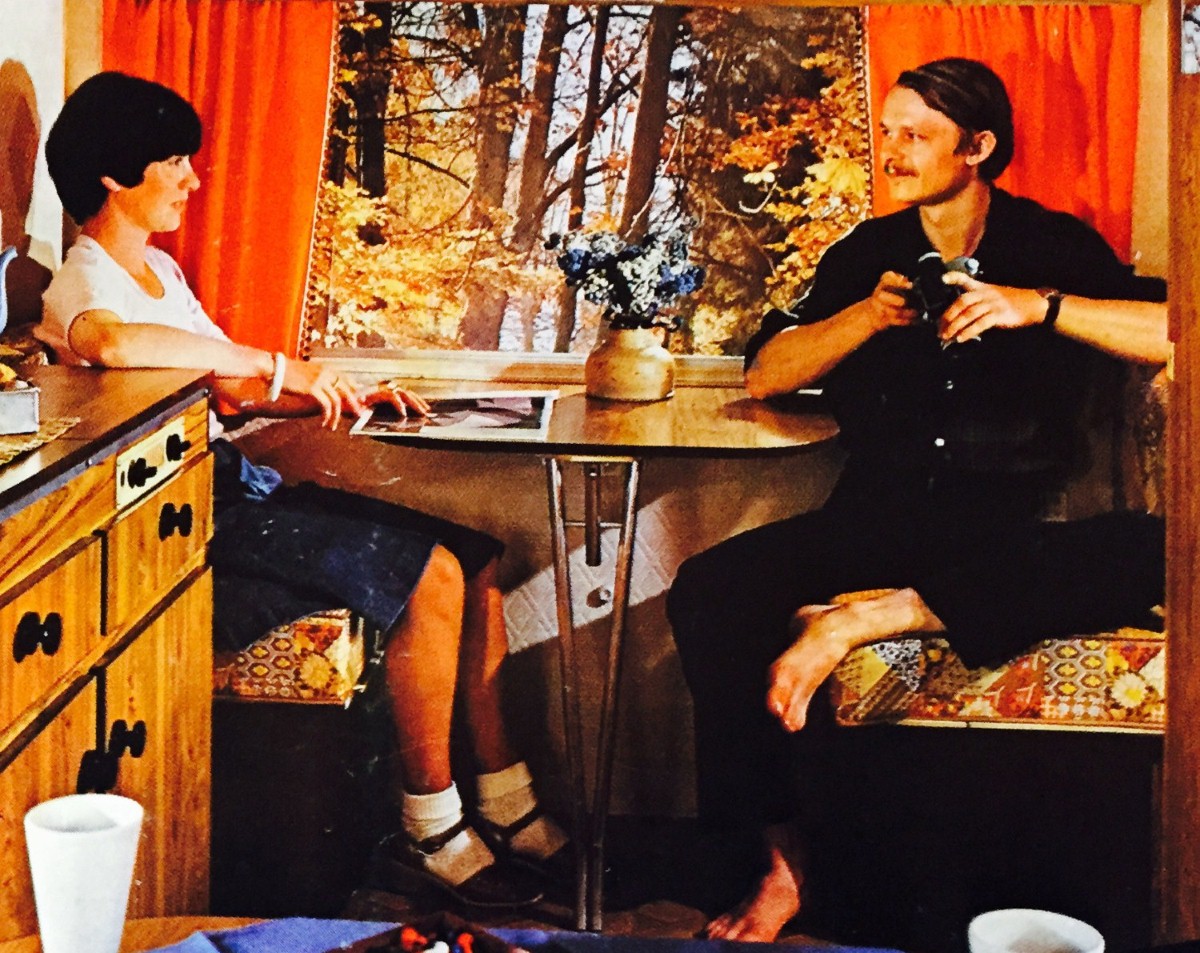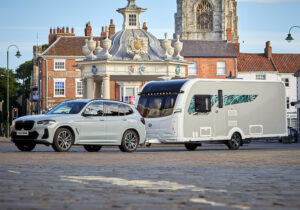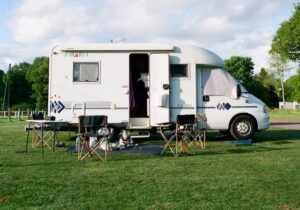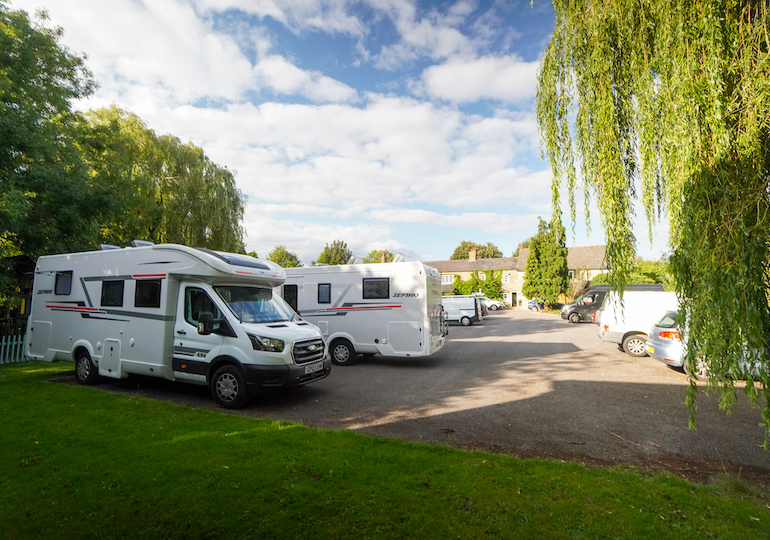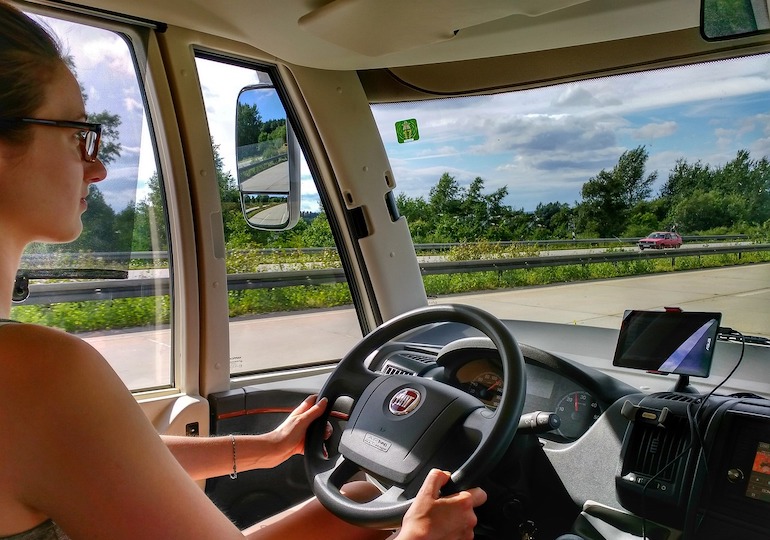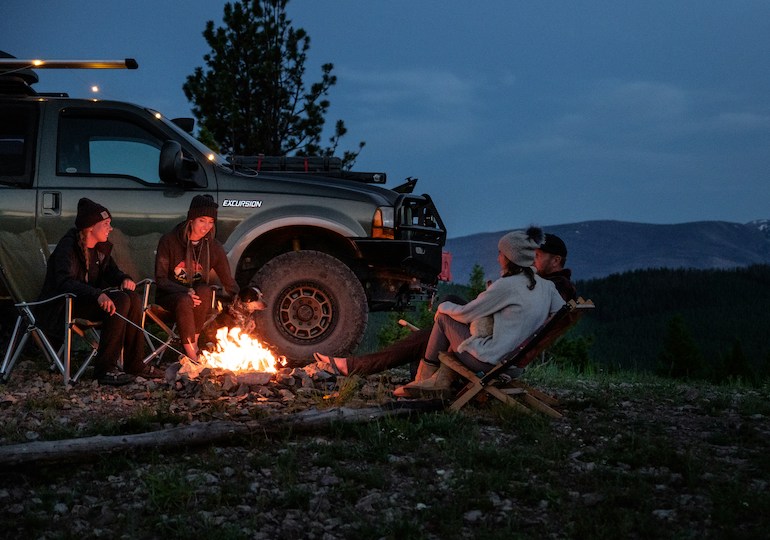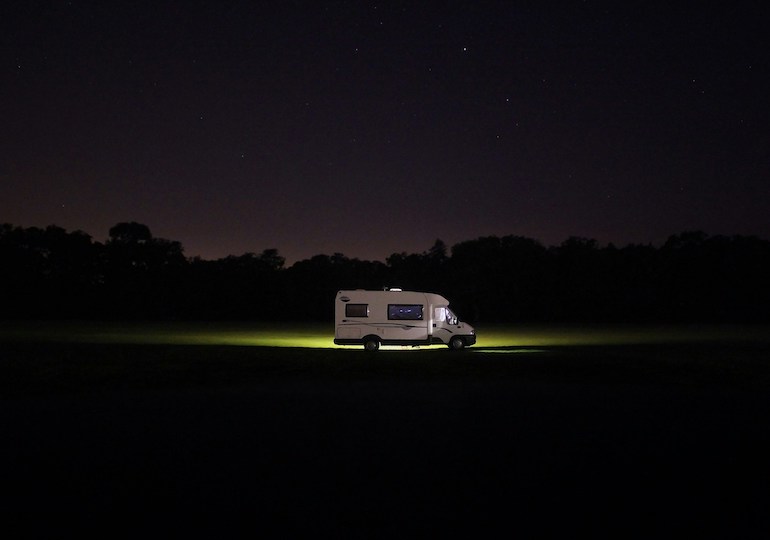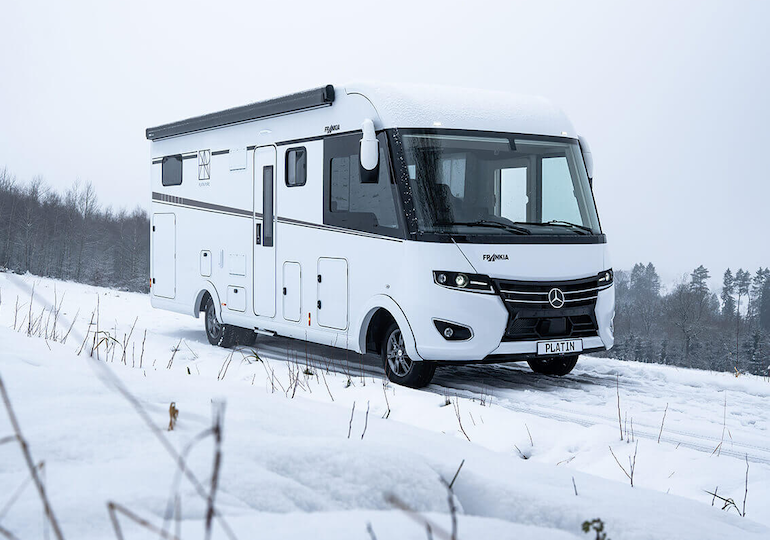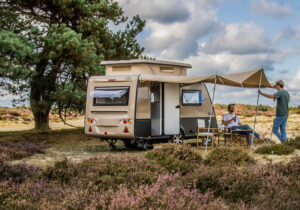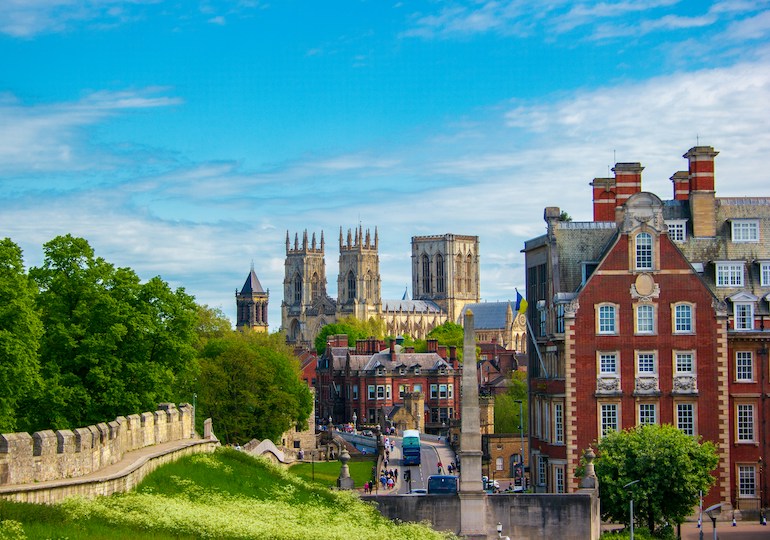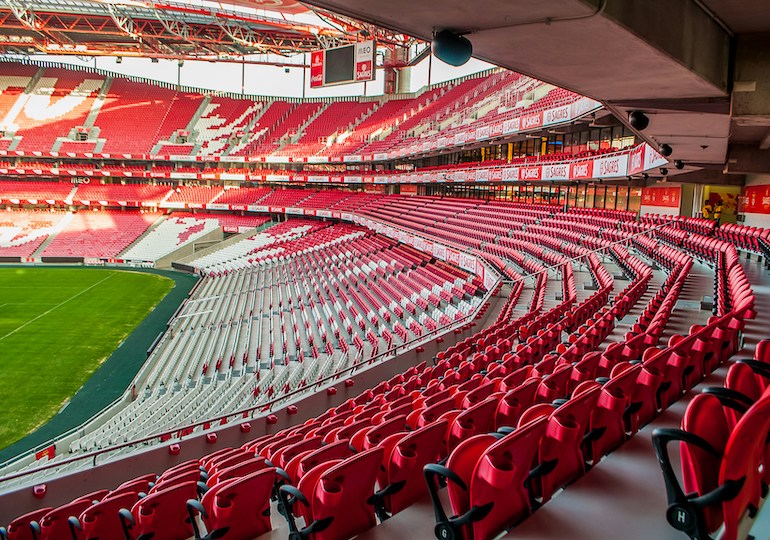See how your home from home became what it is today
Your trusty caravan and motorhome. It has everything you need – kitchen, bathroom with lovely hot shower, a comfortable bed, ample space. But what if it didn’t have all of those things? The evolution of the caravan has taken on many twists and turns to suit the whims and fancies of the traveller over the years, right through from the Wanderer to the Airstream.
Today, caravans and motorhomes have taken on a resurgence, with more and more families and celebrities alike preferring to venture into the wilds of the British countryside.
Derived from the Persian karwan, the term ‘caravan’ does not appear in English until the 16th century when it was used to describe a company of merchants or pilgrims travelling together through the desert.
Commonly used to refer to groups of camels on trade routes in 1000 BC, it wasn’t until the 19th century that ‘caravan’ was used to describe a portable home, at that point in time transported by horses.
By 1880, Bristol Carriage Company developed the Wanderer for Dr William Gordon-Stables. Built specifically with leisure in mind, the 5.5 metre design enabled former naval officer, Dr Stables, to live the life of a gypsy while travelling in style.
The Edwardian single-berth van, which went on its first tour in 1885 and was last used in 1960, finally came to rest at the Cotswolds Caravan Club in 2013.
With an interior made of mahogany and maple wood, and painted black and gold, the Wanderer paved the way for the ultimate in luxury travel for the wealthiest in Victorian society’s elite.
A subsequent rise in popularity led to the creation of The Camping and Caravanning Club in 1901 and Bailey of Bristol was able to step up production to cater for both ends of the market.
They introduced the smaller tourers, the Minor and Maritza, as well as adding the 18ft Maison to its range, which was seen as a solution to the housing crisis at the time.
None of these were of the furnished standard we see today, but for the time, a dual burner stove and the fully sprung upholstery were beyond what had ever been achieved before.
By the 1960s, Bailey was producing 100 caravans a year.
Not too soon after, the UK gained two more of its best known caravan manufacturers, with Swift and Elddis both being launched in 1964.
Elddis had launched two tourers by 1966, a 10ft model and an Elddis 12 which built on light sailing boat manufacturing techniques, with the 10ft model at that time showing early signs of the later models in its profile.
By the end of the ’60s, Bailey was sending 40 per cent of their production overseas. The increase in overseas trade influenced Swift’s interior designs with Afromosia furniture and in 1966 the company introduced the foot operated water pump to their range.
Later, the end kitchen became a feature of many caravans, including those by Swift. this allowed for an adjustable kitchen that created more space for the family as caravan left its lone ranger days behind it.
The 1970s heralded a change in fashion and, similarly, caravan design.
Bailey’s caravans gained an extra two inches to give the models a more rounded shape and deeper windows gave the designs a more luxurious and lighter look than ever before.
Images from the October 1975 edition of Modern Caravan Magazine show that Bailey’s Prima model was given a substantial facelift ready for its 1976 launch with aims to move it up from the lower end of the market.
The Prima’s carpet was switched up from orange to what was considered to be a more stylish oatmeal, to compliment the general change to a more heavily textured upholstery fabric.
The Bristol-based company was clearly making an attempt to even out the gap between lower end models and the upper bracket by moving the Prima into the mid bracket.
January 1976 brought with it the new range Target from ABI.
Again, this development aimed to bridge the gap between the Ace Caravans mid range and the Elddis brand, as importance was put on luxury rather than affordability.
Bronze tinted glass windows gave Target’s designs a practical and attractive feel while a wide track and longer than average drawbars improved the towing stability.
In the 1980s, the age of the power suits and shoulder pads, Bailey created its most successful caravan range to date, the Pageant.
With 25 years of continuous production, the Pageant range featured the latest manufacturing techniques, including the introduction of sandwich construction bodyshell panels.
Bailey then pushed the boundaries even further by 1987, with the Pageant’s more comfortable sister series, the Senator which included blown air central heating and an integral cassette toilet as standard for the first time.
With the mid ’90s seeing a rise in consumerism and the need for a bargain, Bailey came into its own with the Bailey Ranger in 1996 which set the standard for sub £10,000 caravans and value for money.
The economic slowdown at the end of 2008 hit the caravan industry hard with customers holding back on big purchases. Caravan manufacturers used this period to their advantage by promoting UK holidays and the freedom purchasing caravans brought, including a greater push toward a fledgling motorhome industry.
While it remains to be seen if the UK has left the economic slump behind us, spending has picked up and with it so has the caravan industry.
Today, an impressive 70 per cent of Airstreams built since 1932 are still in commission, giving them one of the highest resale values on the market, whilst Bailey, Swift, Elddis and other top manufacturers including Coachman, Adria and The Fifth Wheel Company continue to impress and build upon designs of yesteryear and build towards designs of the future.
State of the art technology and the soaring popularity of caravanning will hopefully spell another 100 years of caravanning to come. Only time will tell what’s next.

